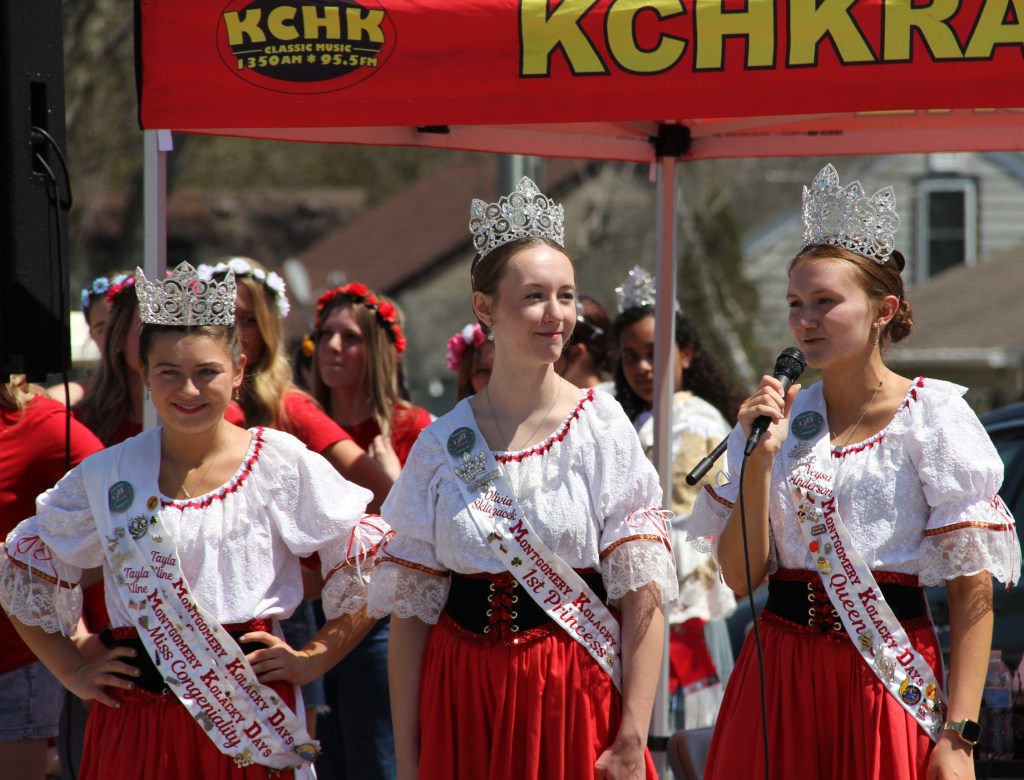
NEARLY EVERY SMALL TOWN community celebration comes with royalty. And Montgomery, Minnesota, is no exception. While attending Czech May Day in this Le Sueur County town on Sunday afternoon, I saw a whole lot of royalty.
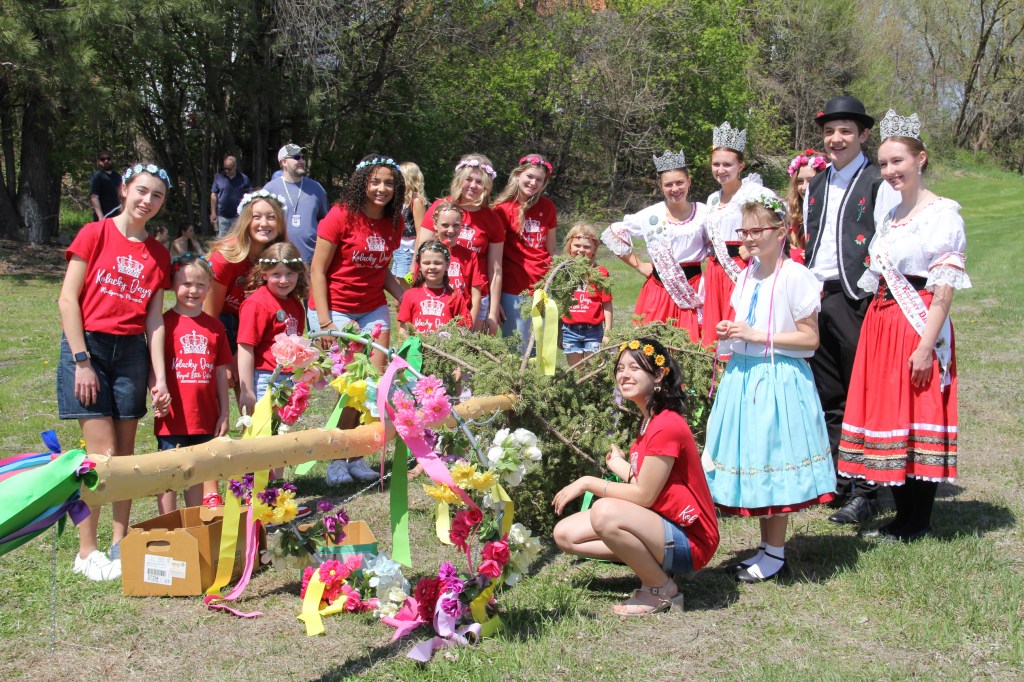
I am impressed by the poise and confidence of these young women who represent not only their community, but also their Czech heritage. They are well-spoken, graceful, truly deserving of their royal positions.

Since 1931, Montgomery has crowned princesses and a queen during its annual late July Kolacky Days celebration. Kolacky is a Czech treat, a sweet bun with a fruit or poppyseed filling. Montgomery calls itself the Kolacky Capital of the World and perhaps rightly so. These folks love this Czech pastry, which is baked in home kitchens and by the thousands at Franke’s Bakery, a community staple since 1914.
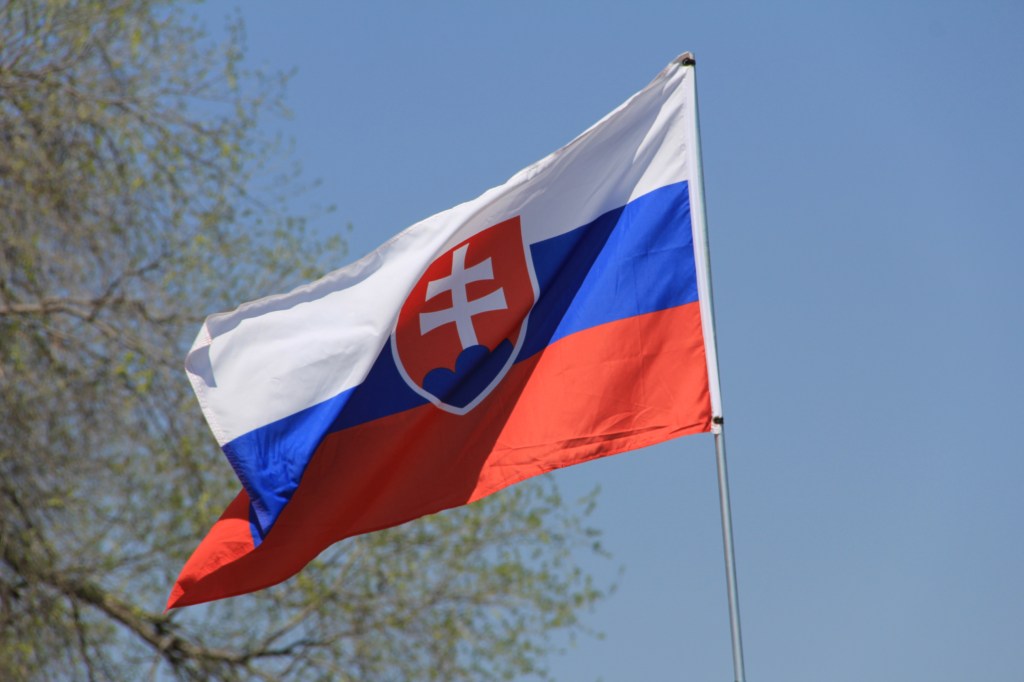
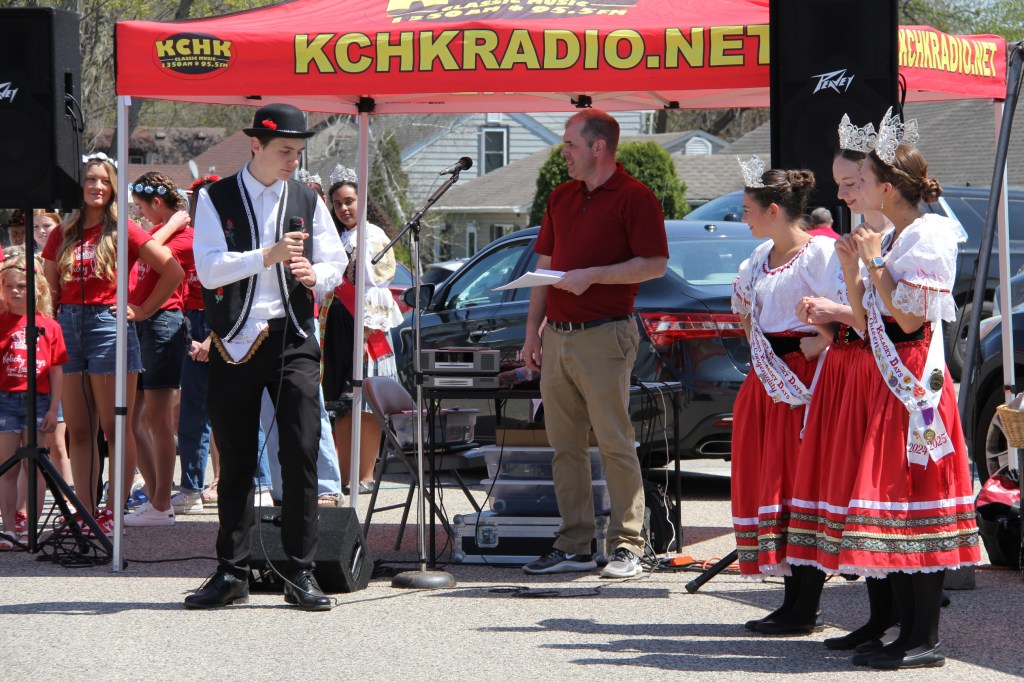
There’s a whole lot of pride in being of Czech ancestry and I love that about Montgomery. These folks share their heritage, teaching all of us about culture, food, traditions and more still celebrated and honored generations removed from the homeland. They celebrate Czech Masopust (which has a Masopust king), Czech May Day and Kolacky Days.
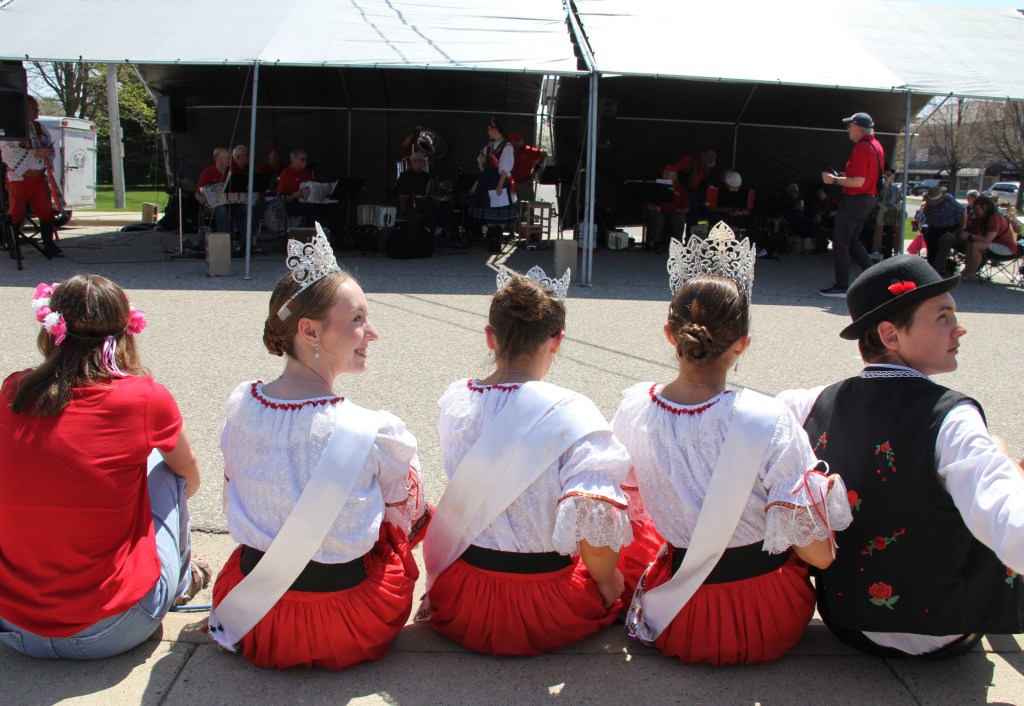
You’ll find Montgomery’s royalty at these events, promoting community and heritage. Area high school juniors living within a five-mile radius of Montgomery or neighboring Kilkenny are eligible to enter the Montgomery Kolacky Days queen competition. They are judged in three categories: interview, talent and evening gown.

Those chosen as the queen, first and second princesses and Miss Congeniality must then attend 15 specific events during their year-long reign. Now that takes time and commitment. They are rewarded with not only scholarships, but also new friendships, travel and a wonderful opportunity to shine a spotlight on Montgomery and its Czech and Slovak heritage.
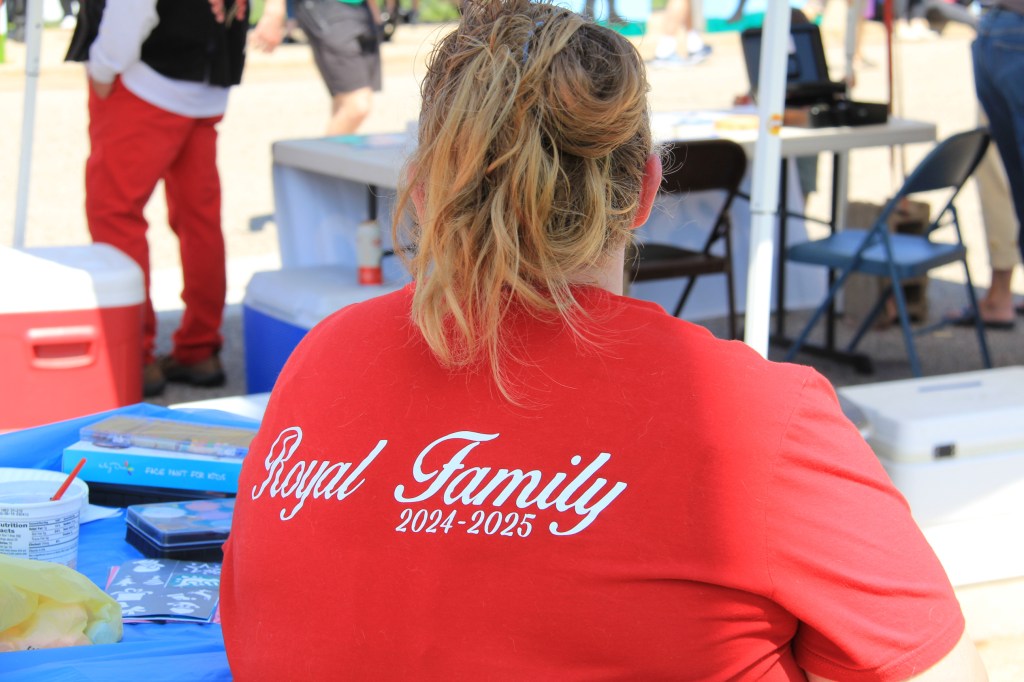
I observed lots of support for these young women who represent Montgomery in traditional Czech costumes at events throughout Minnesota. Their families sport red t-shirts with “Royal Family” emblazoned across the back. Elementary-aged girls also wear red tees reading “Kolacky Days Royal Little Sister.” Future princesses or queens perhaps.
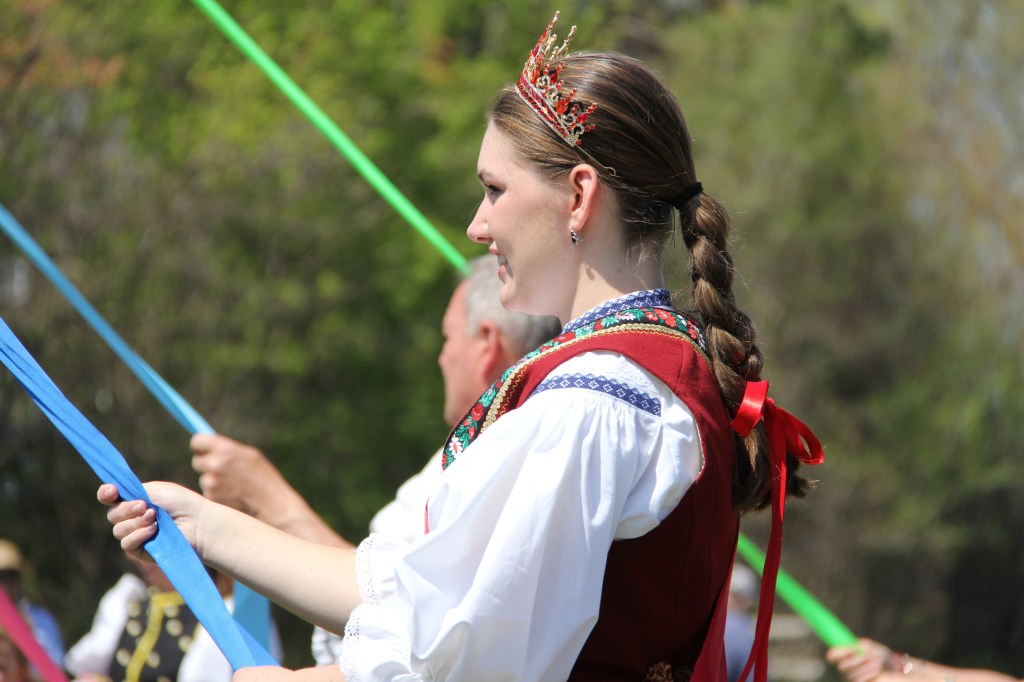
Even the current Miss Czech Slovak Minnesota queen attended Czech May Day in Montgomery entertaining the crowd in song, but mostly gracing everyone with her presence.
As these young women mingled and later wound ribbons around a May Pole, I considered how much they care about their Czech culture and heritage—enough to carry on a royal tradition of 91 years.
FYI: Montgomery celebrates its 91st Kolacky Days on July 25-27, 2025. Click here to read the history of how Montgomery royalty has been selected through the years. Contestants were not always judged; it’s an interesting history.
© Copyright 2025 Audrey Kletscher Helbling
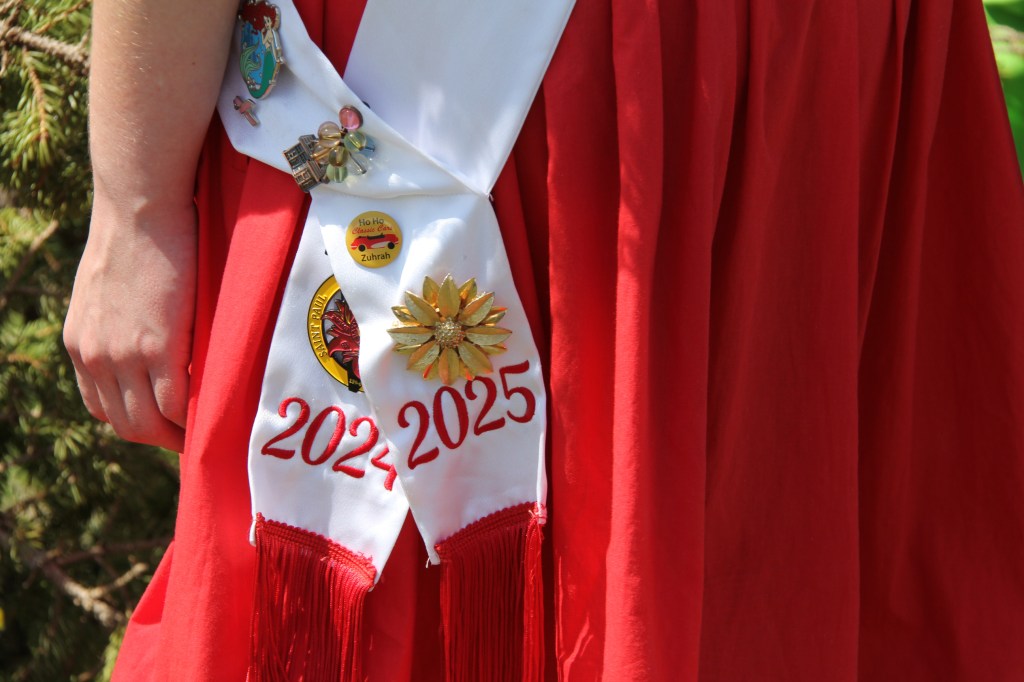


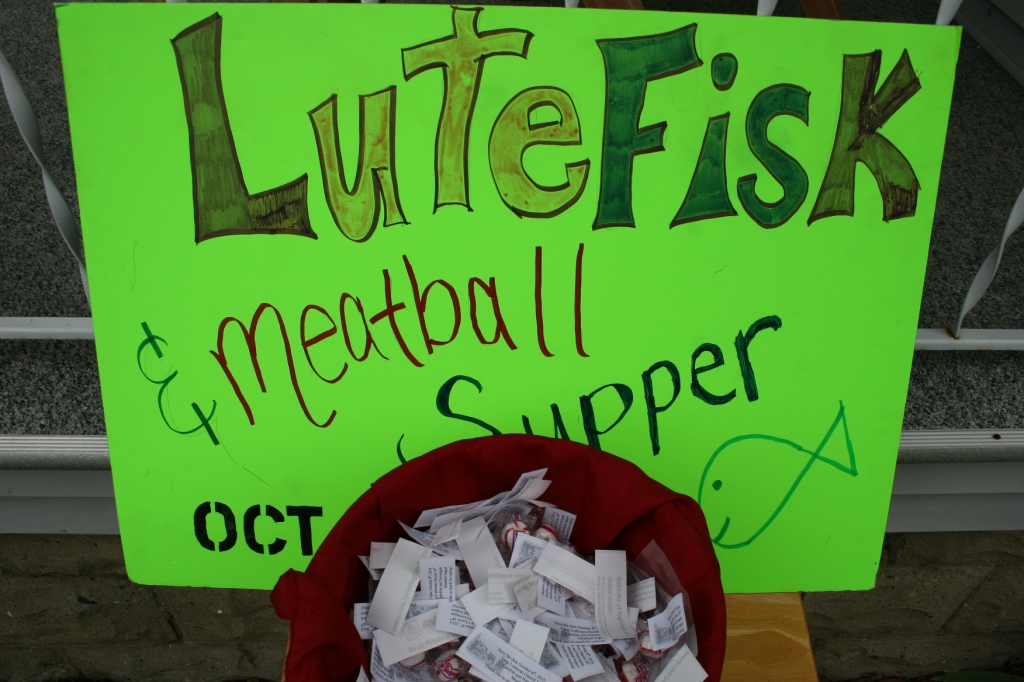



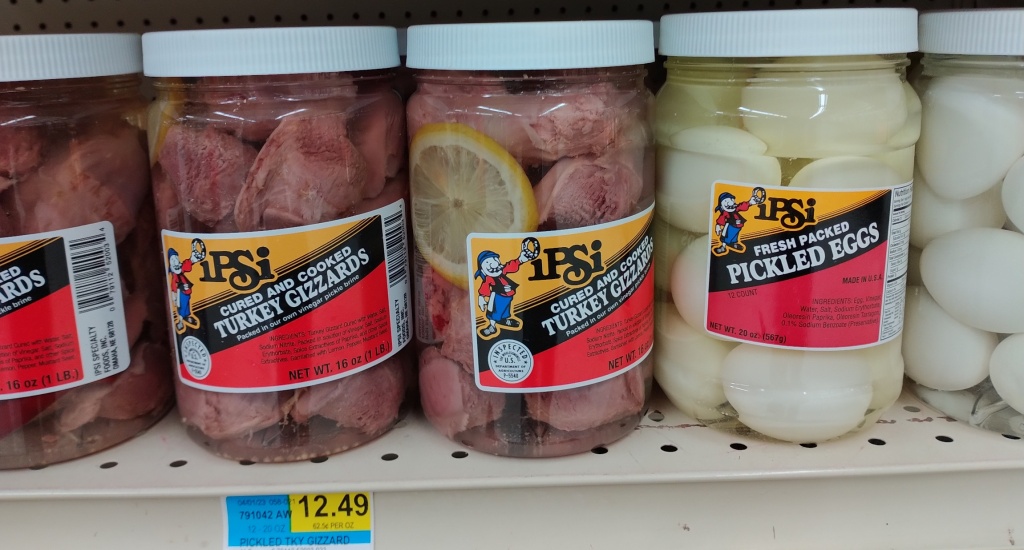

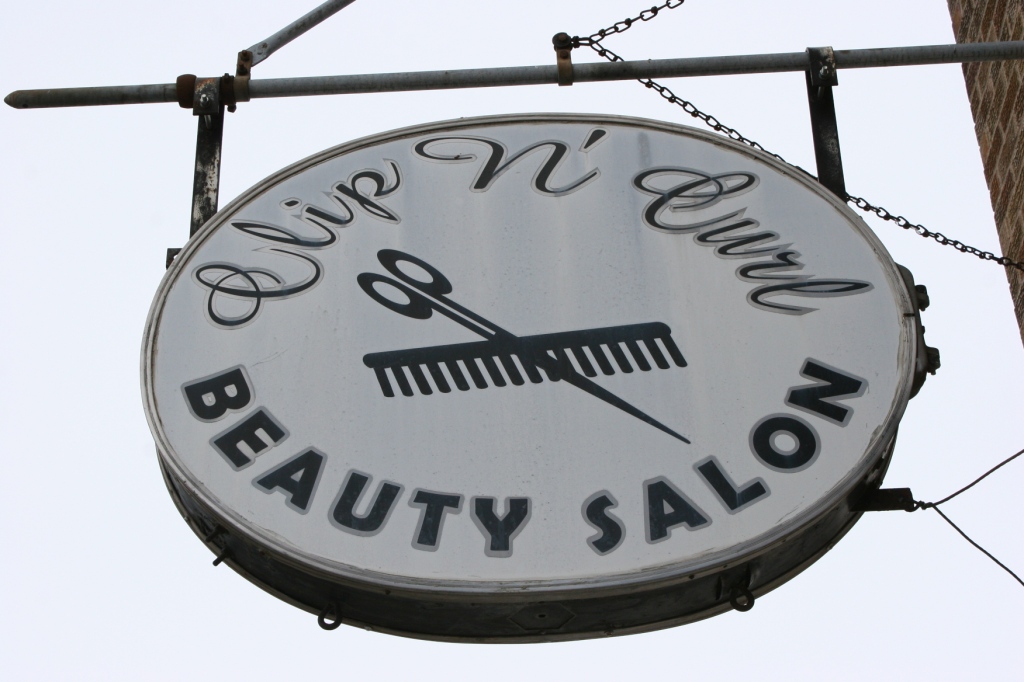


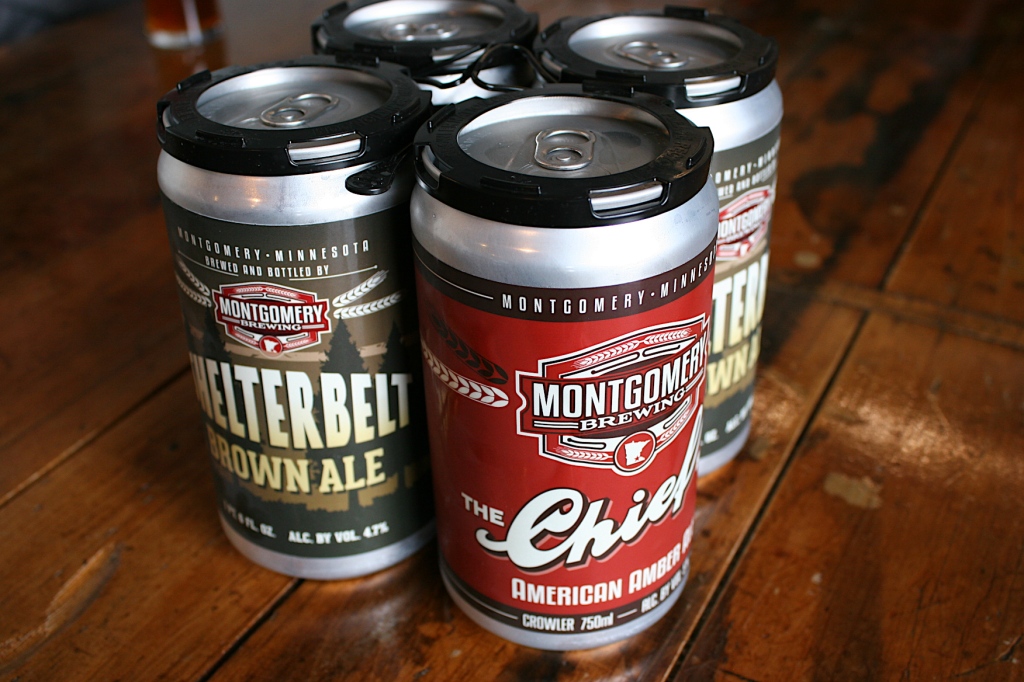
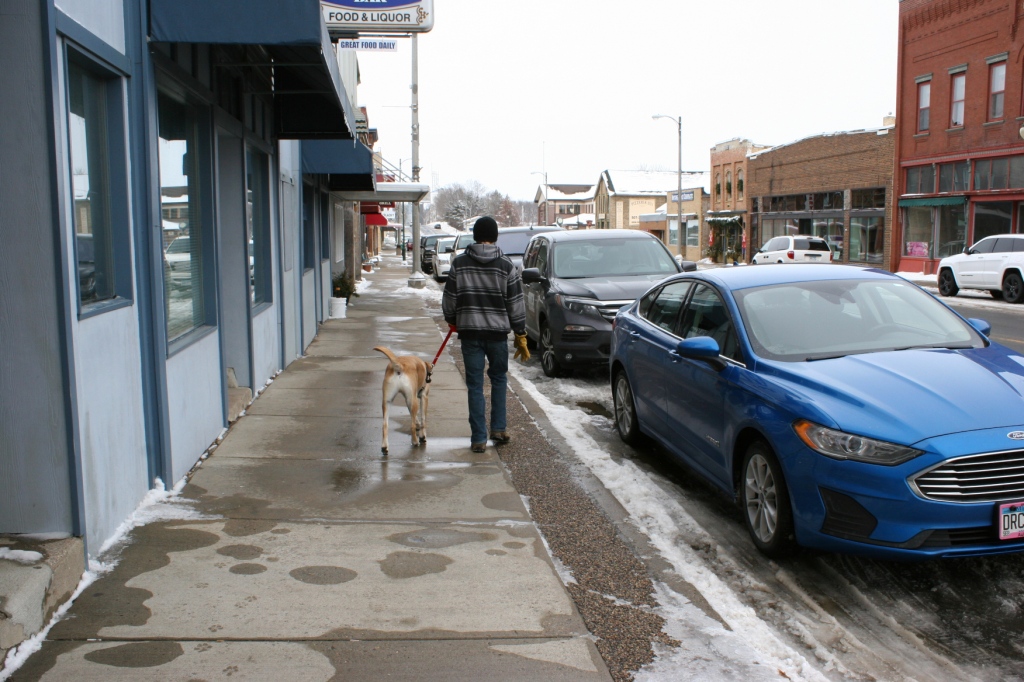




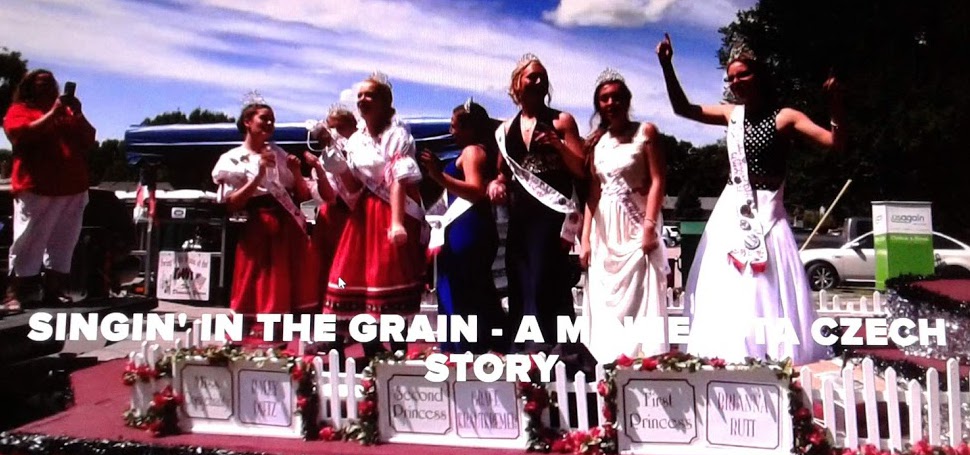
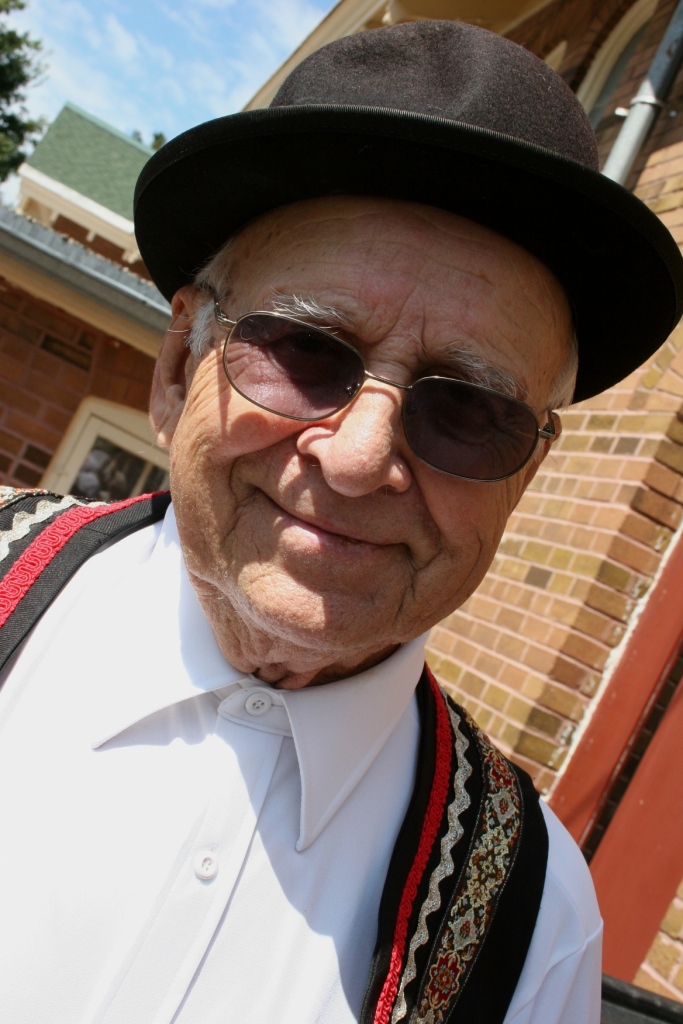
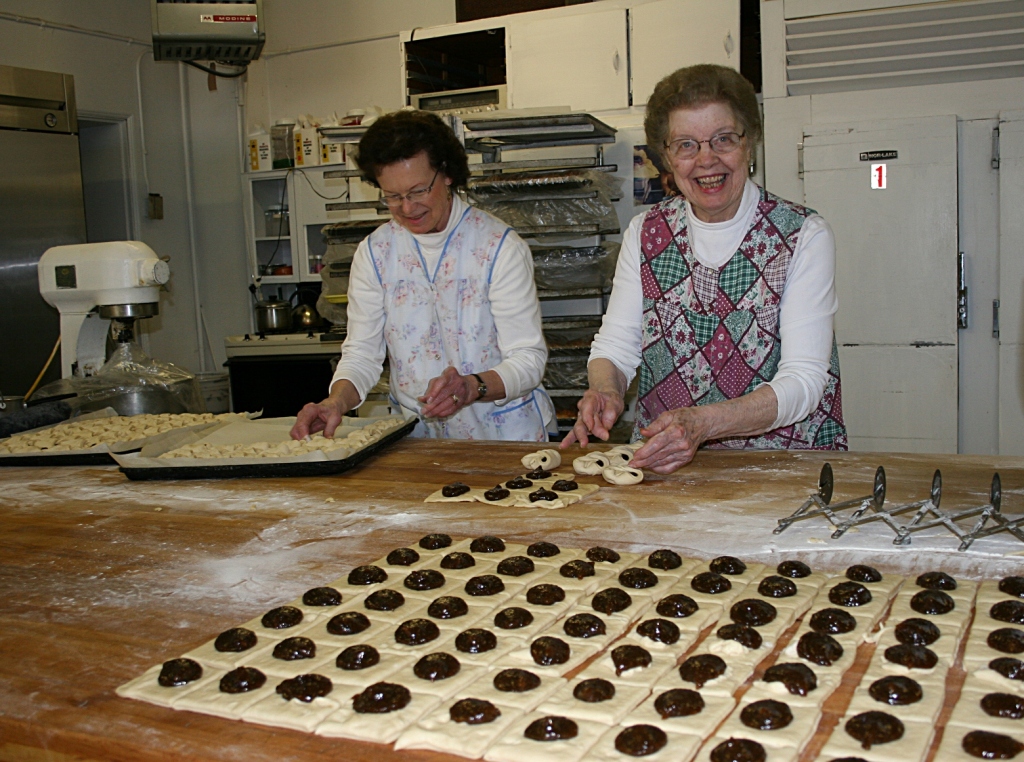
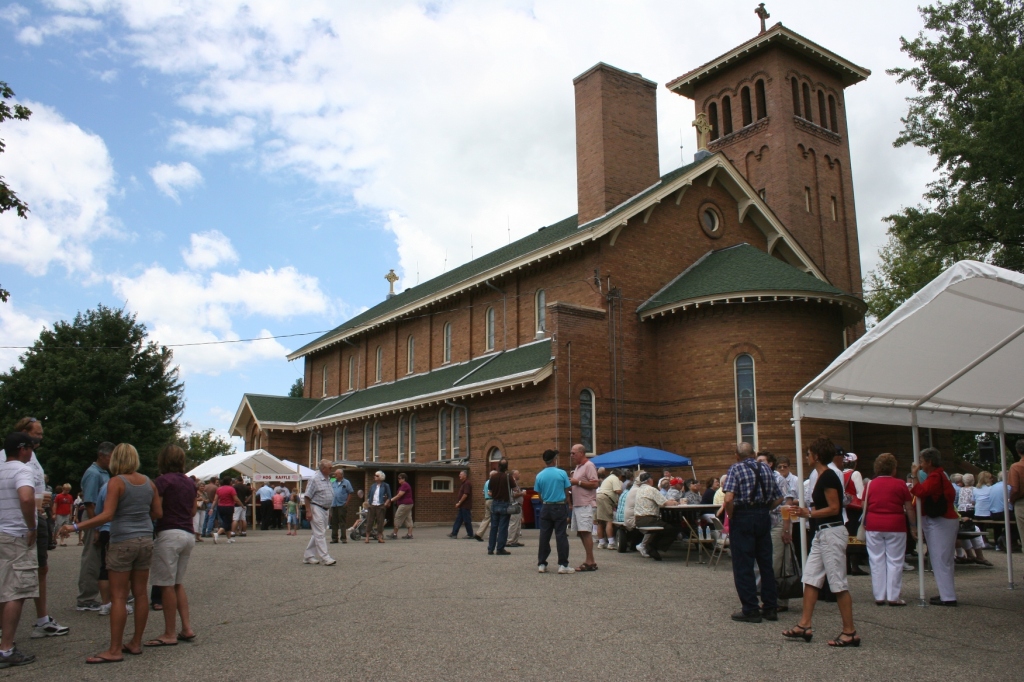
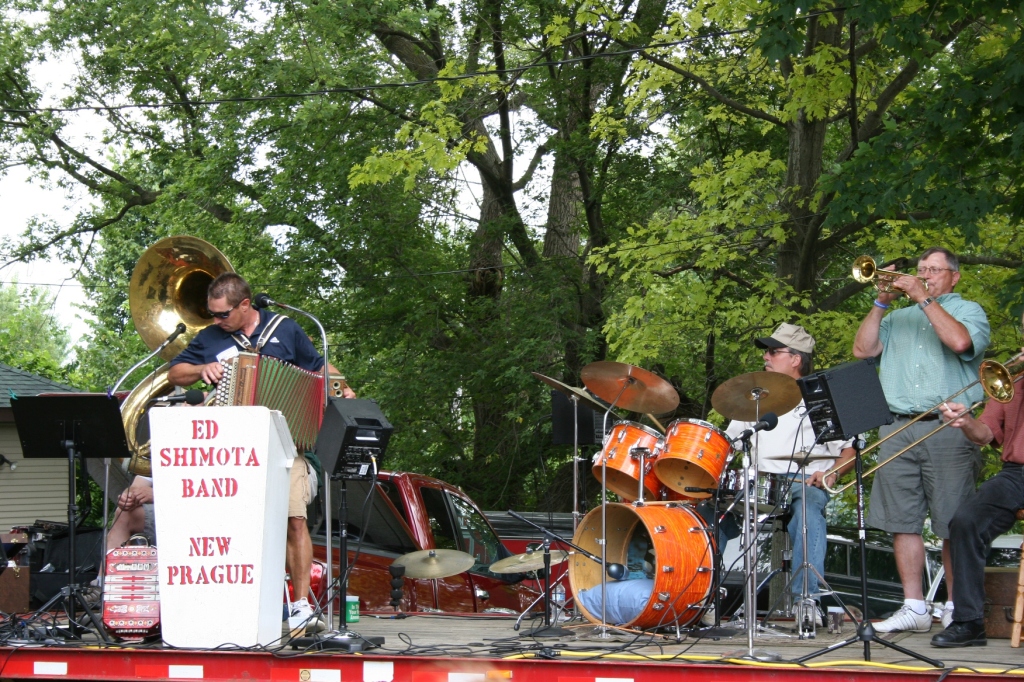
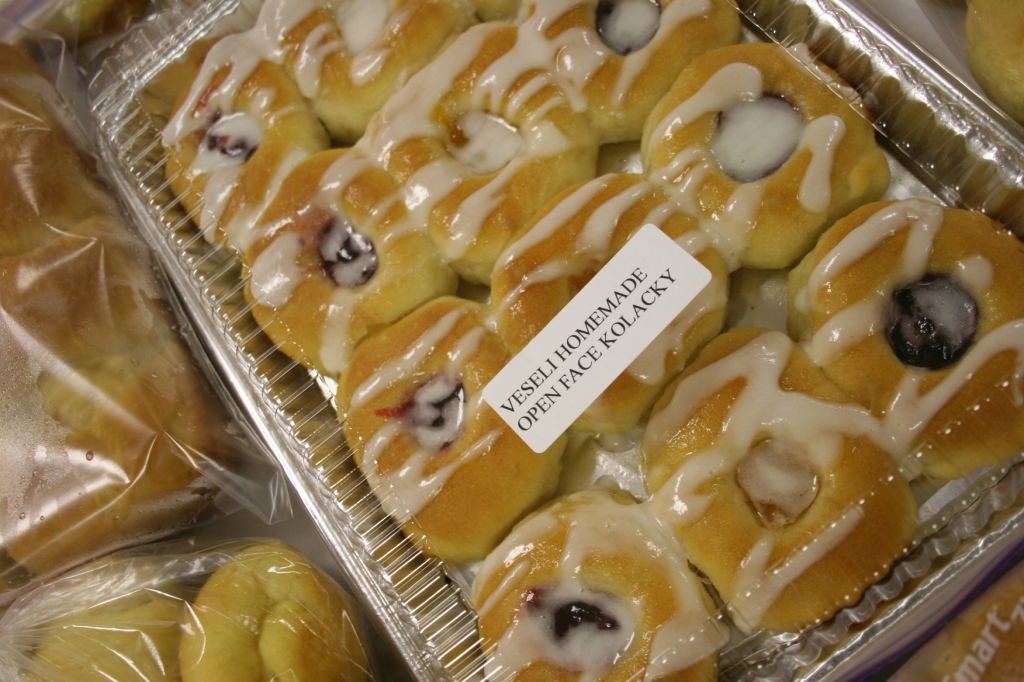
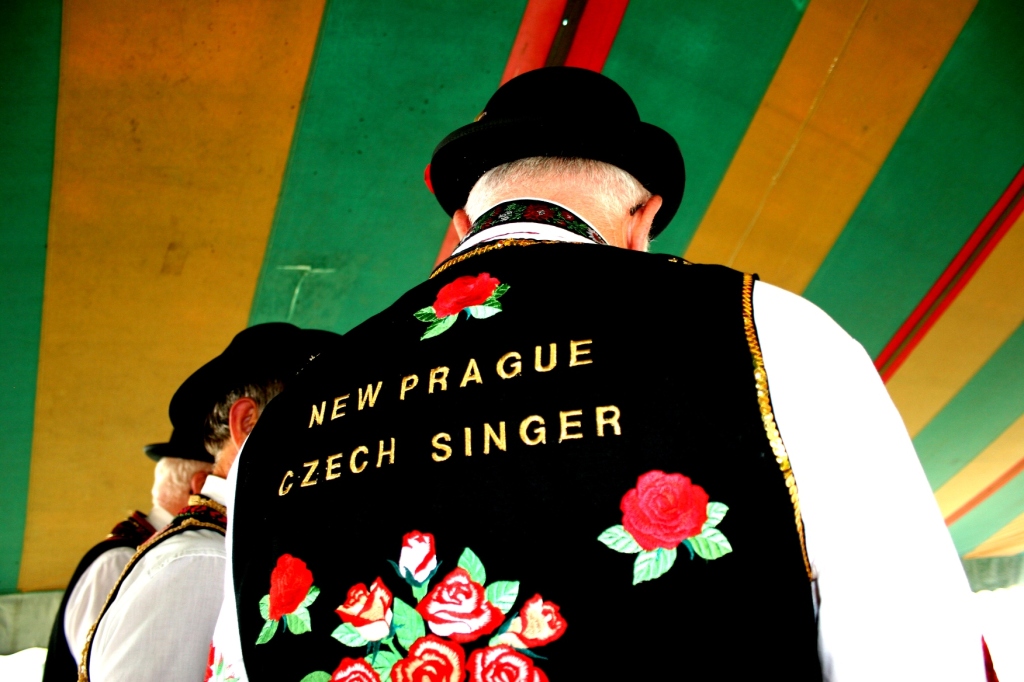
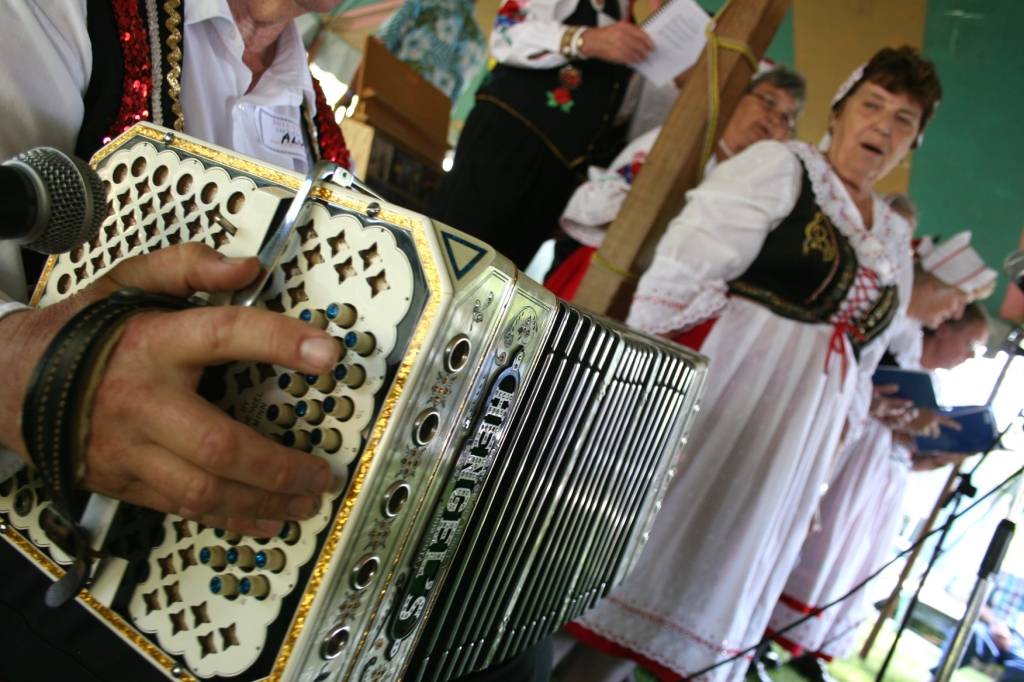
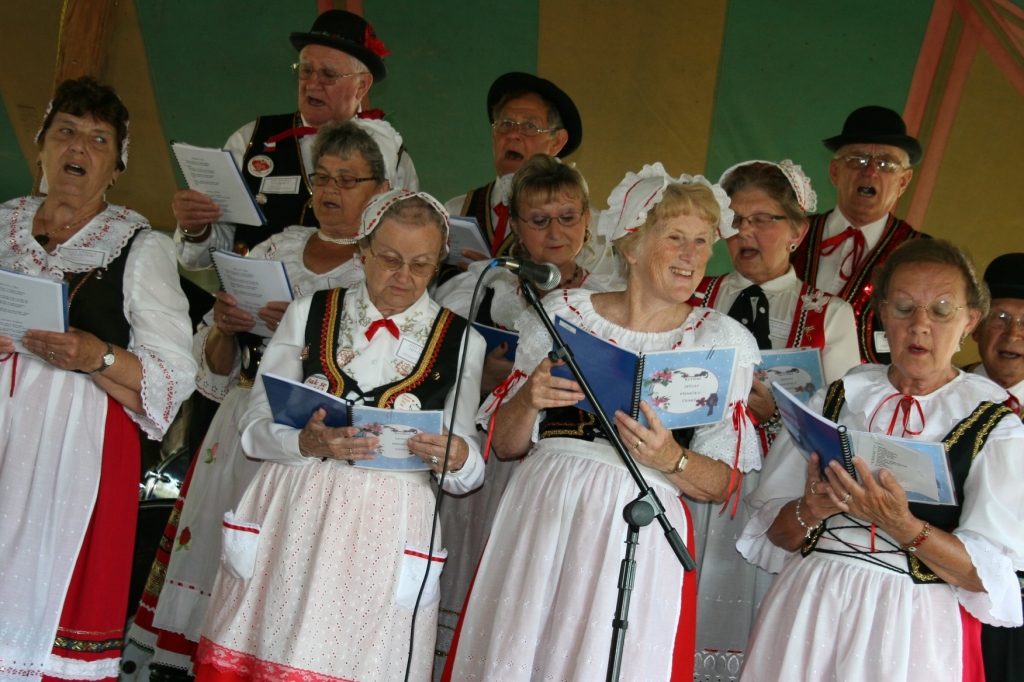

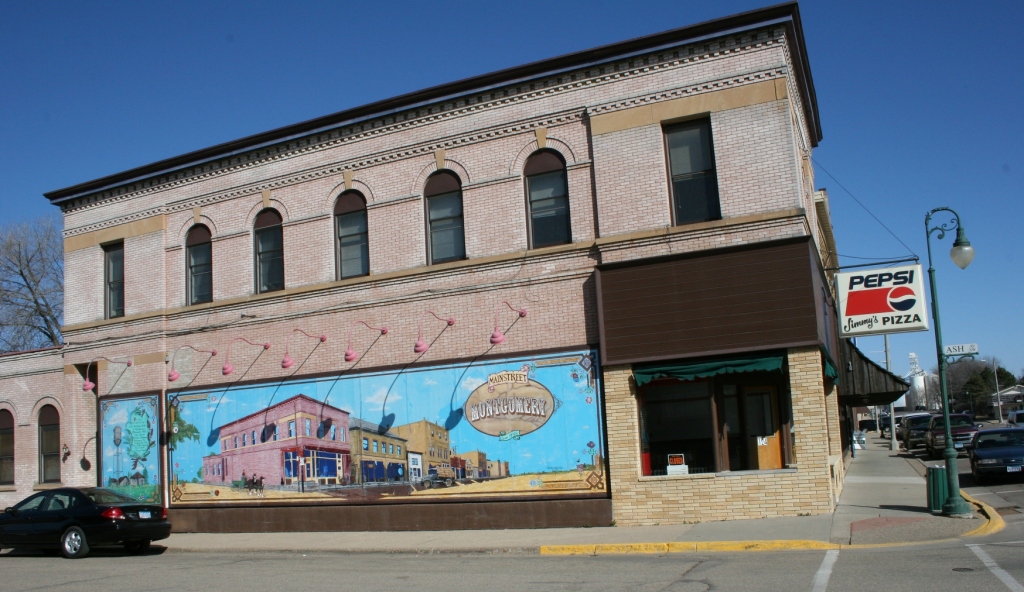

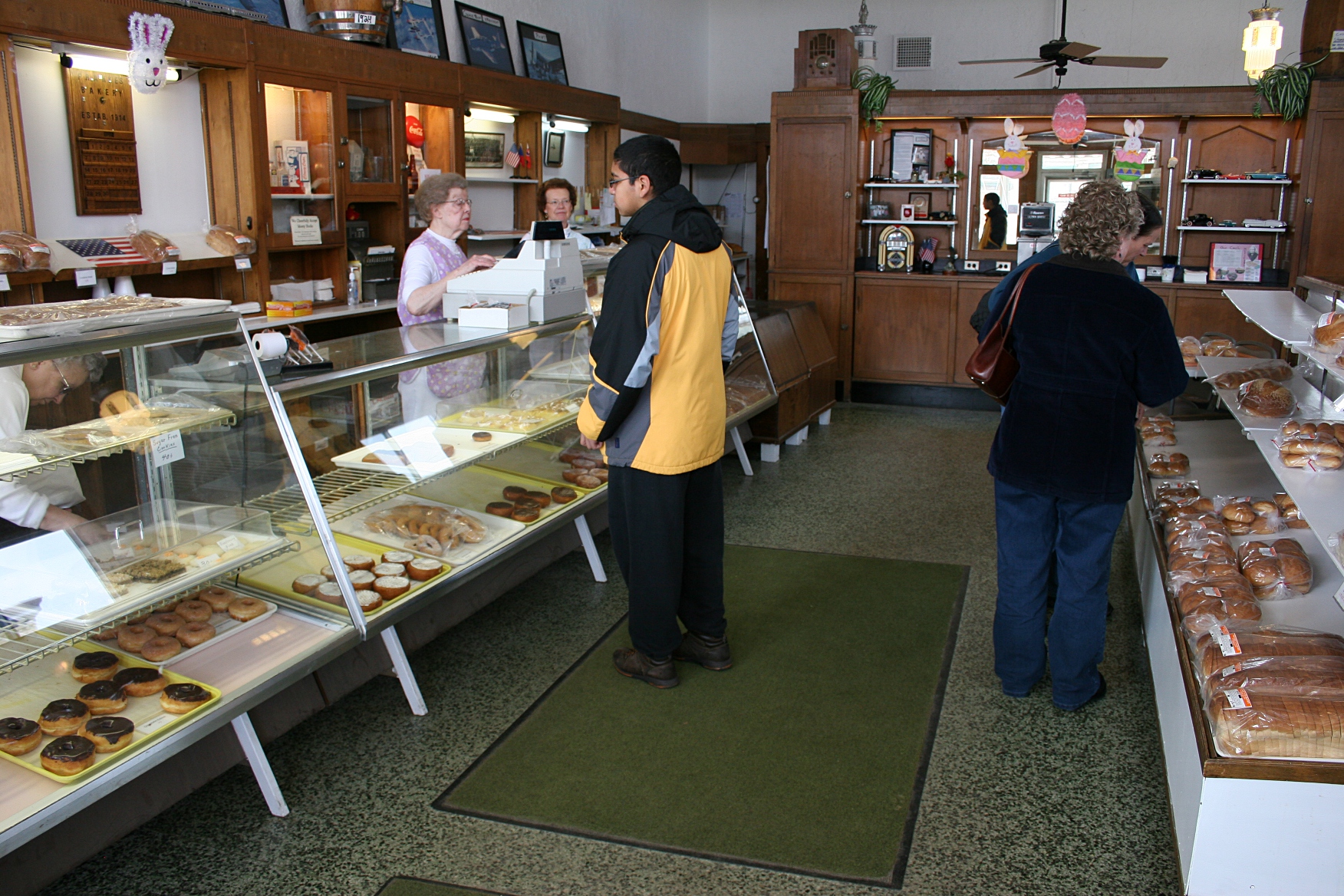















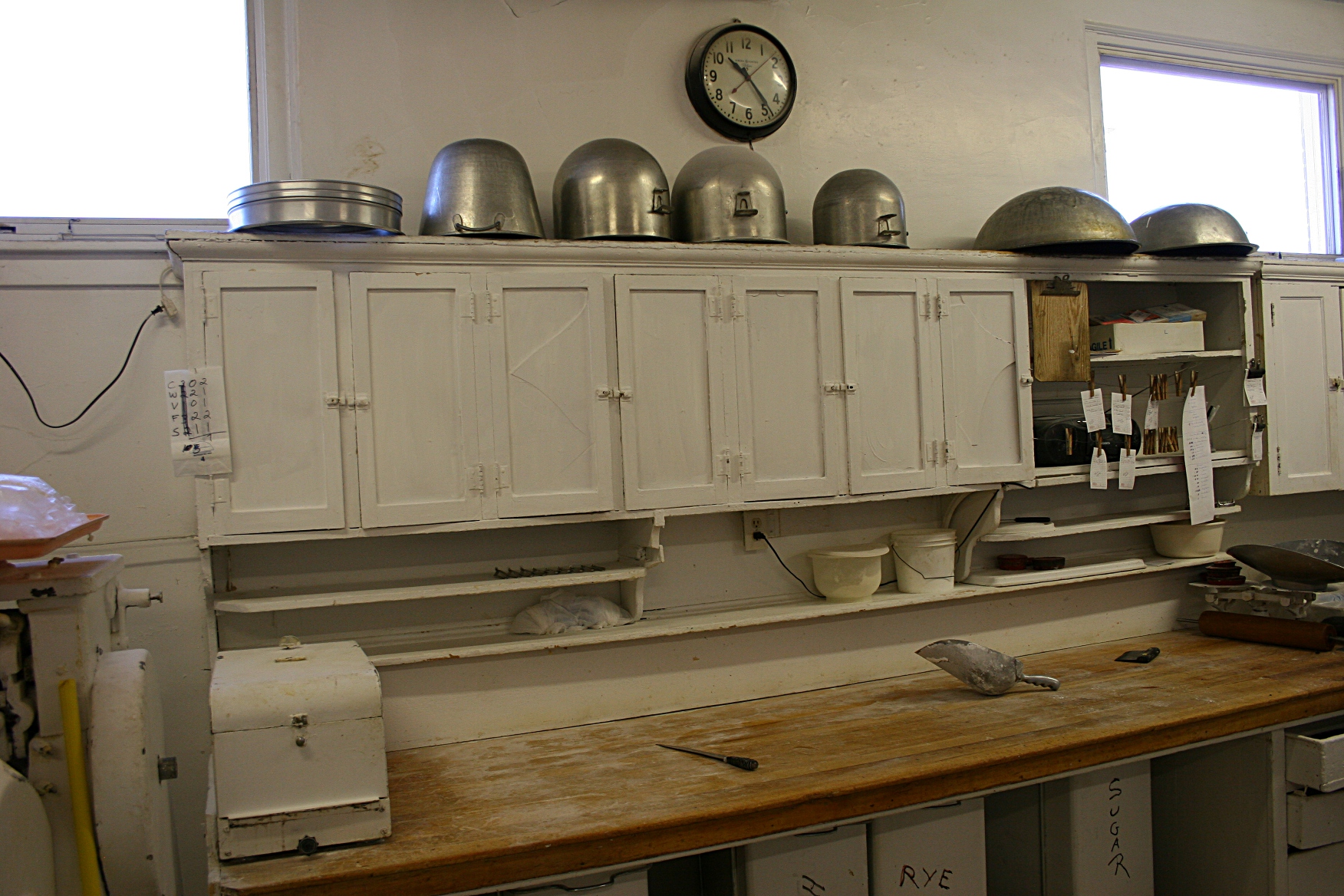
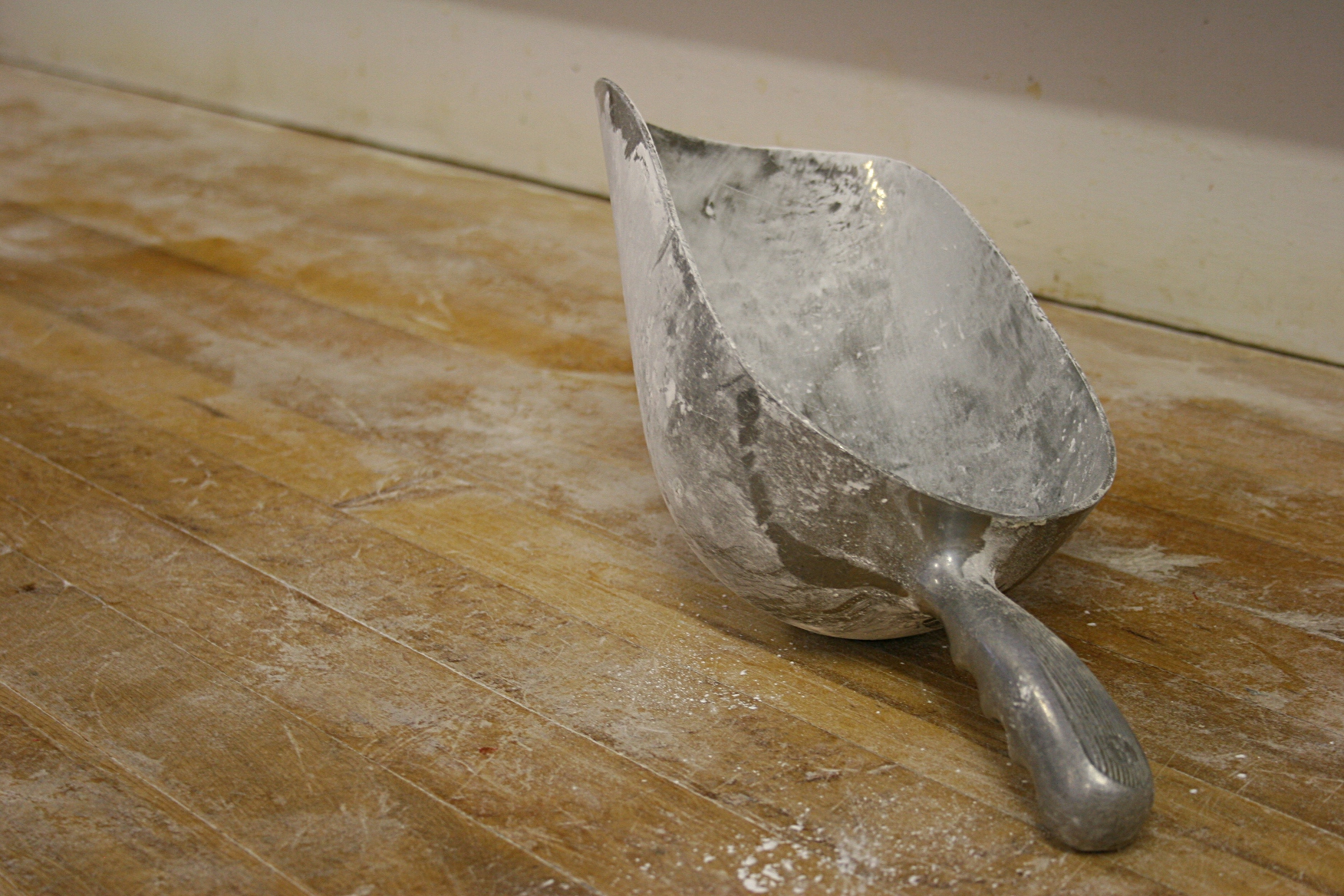
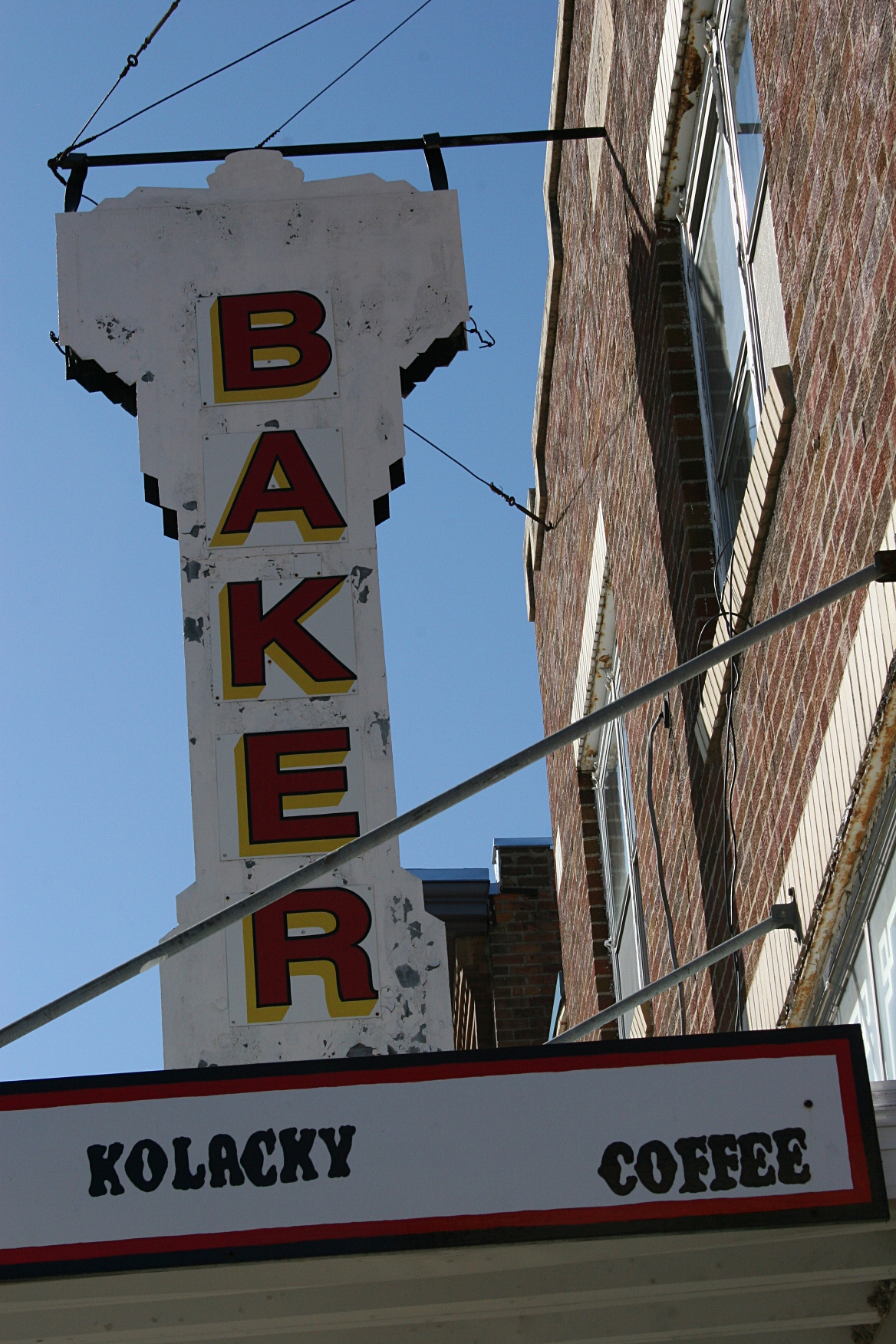

Recent Comments